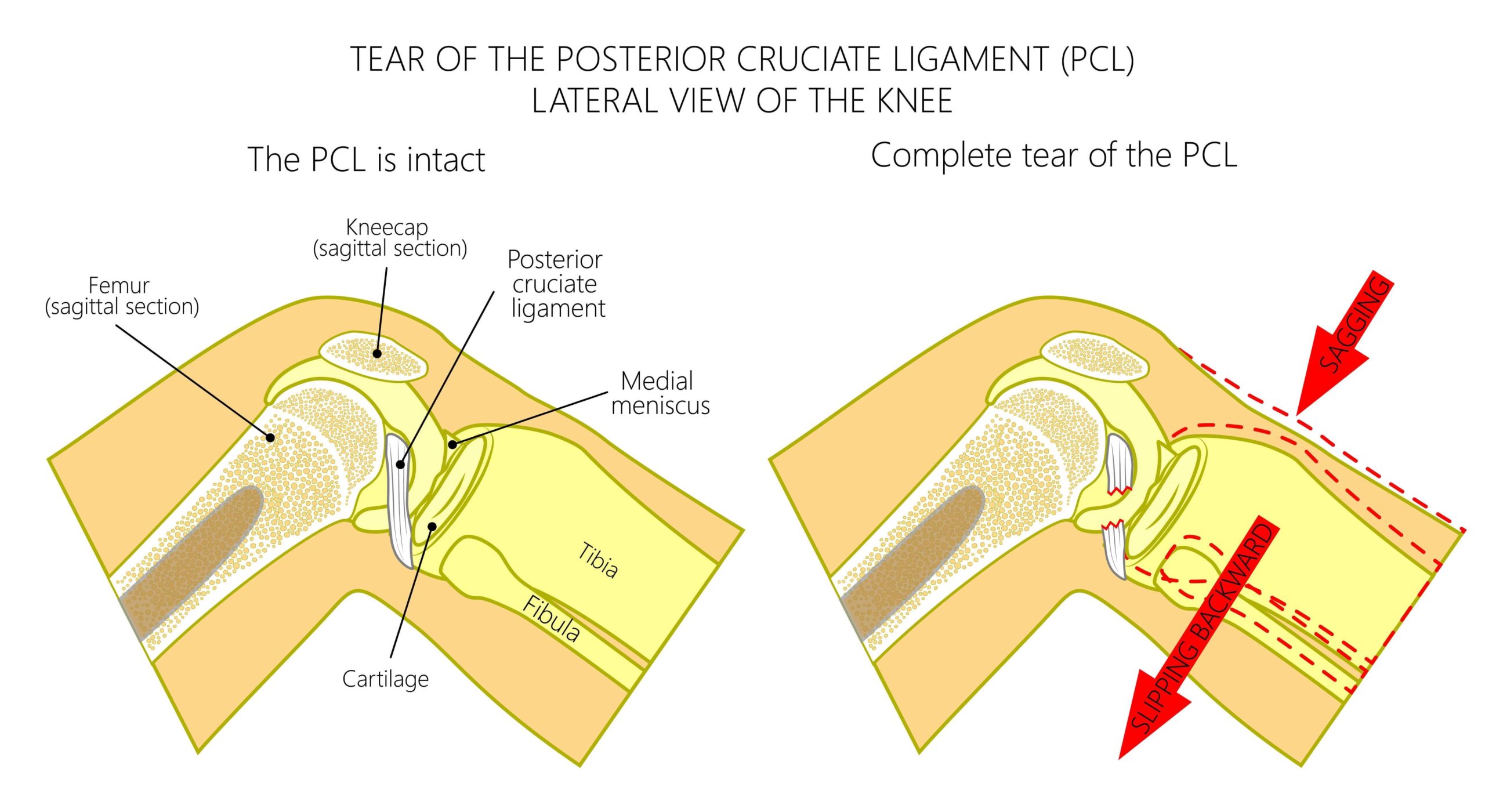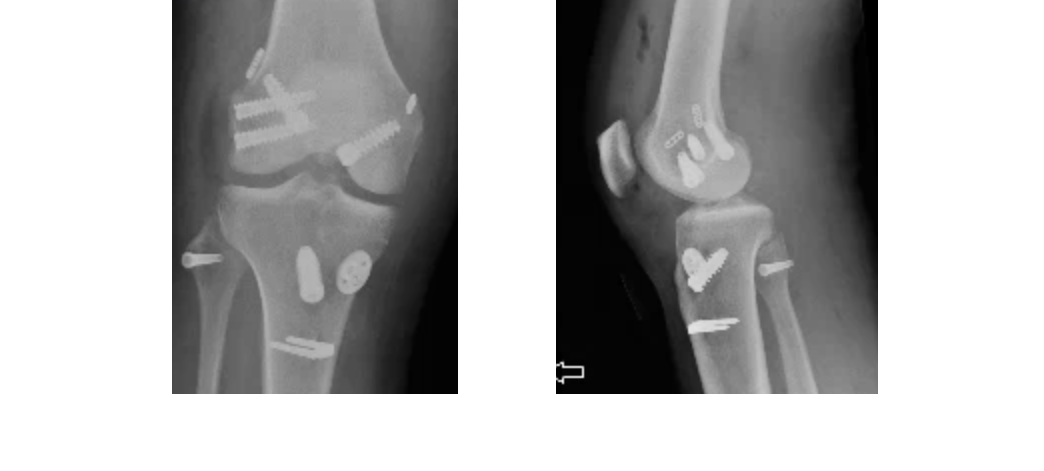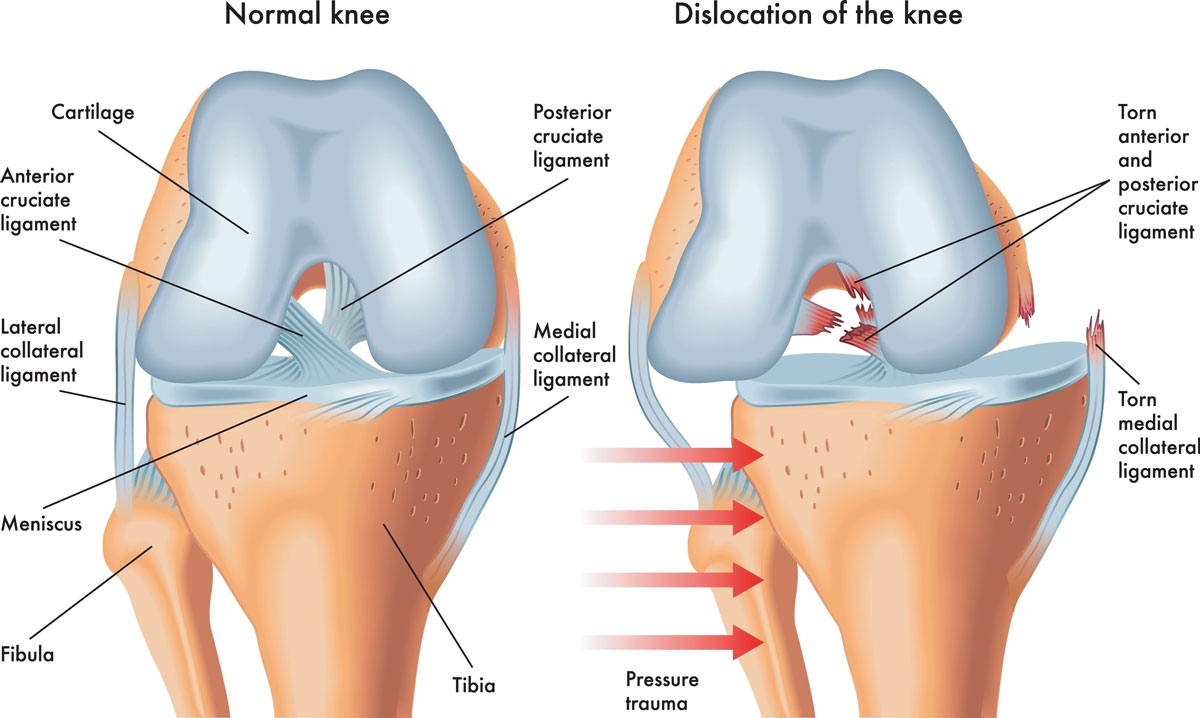
Posterior Cruciate Ligament Tears
The PCL (Posterior Cruciate Ligament) is one of the four main ligaments in your knee joint, and it’s located in the back of your knee. The PCL’s job is to keep your shin bone (tibia) from moving too far backward relative to your thigh bone (femur). It also acts to limit rotation when your knee is in a flexed position.
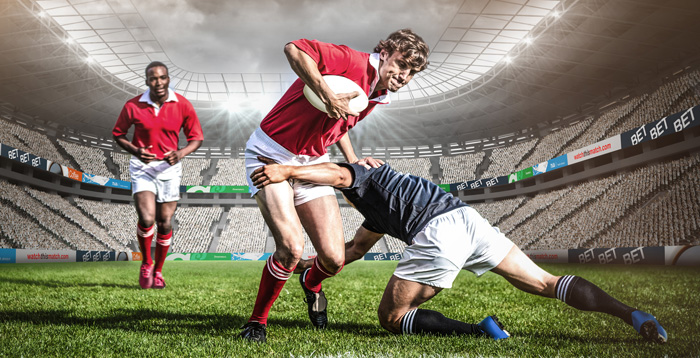
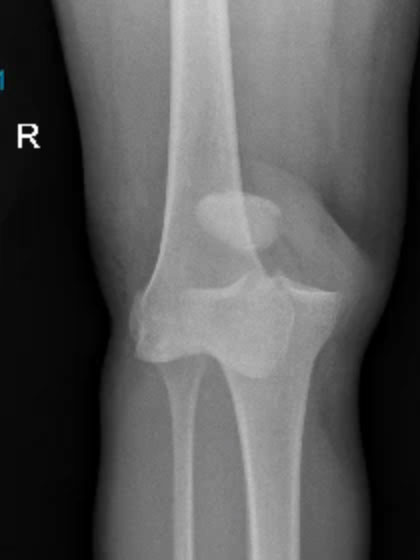
How do PCL tears happen, and what do they feel like?
The PCL is the knee’s strongest ligament, which requires considerable force to tear. Tears usually happen when you get a direct blow to the front of your knee while it’s bent, for instance, during a car crash, when the knee strikes the dashboard, or a hard tackle in football or rugby. Some people tear their PCL when they jump and then land awkwardly on a very bent knee.
Most PCL tears occur with other ligament injuries- and it’s uncommon to have an isolated tear. Sometimes, the PCL may also be torn during a knee dislocation.
If you have a PCL tear, you might experience:
MRI imaging is the gold standard test to confirm a PCL tear, and it will determine if any other structures are affected in the knee. It will also determine the severity of the PCL tear. However, if the PCL tear is chronic, the MRI scan may be normal as the PCL often heals, but if not braced appropriately early, it will heal in the wrong position (stretched) and will not function properly.
A Grade 1 PCL ligament tear means there is a tear in the ligament, but the ligament doesn’t feel lax.
A Grade 2 tear means there’s a partial tear with some degree of laxity.
A Grade 3 PCL tear means the ligament is completely torn, and the knee is fundamentally unstable.
